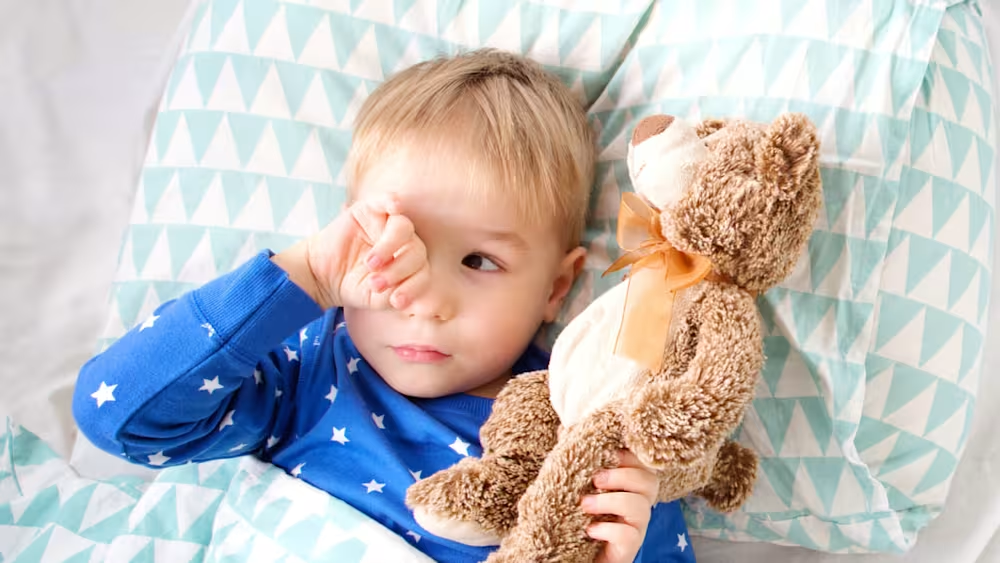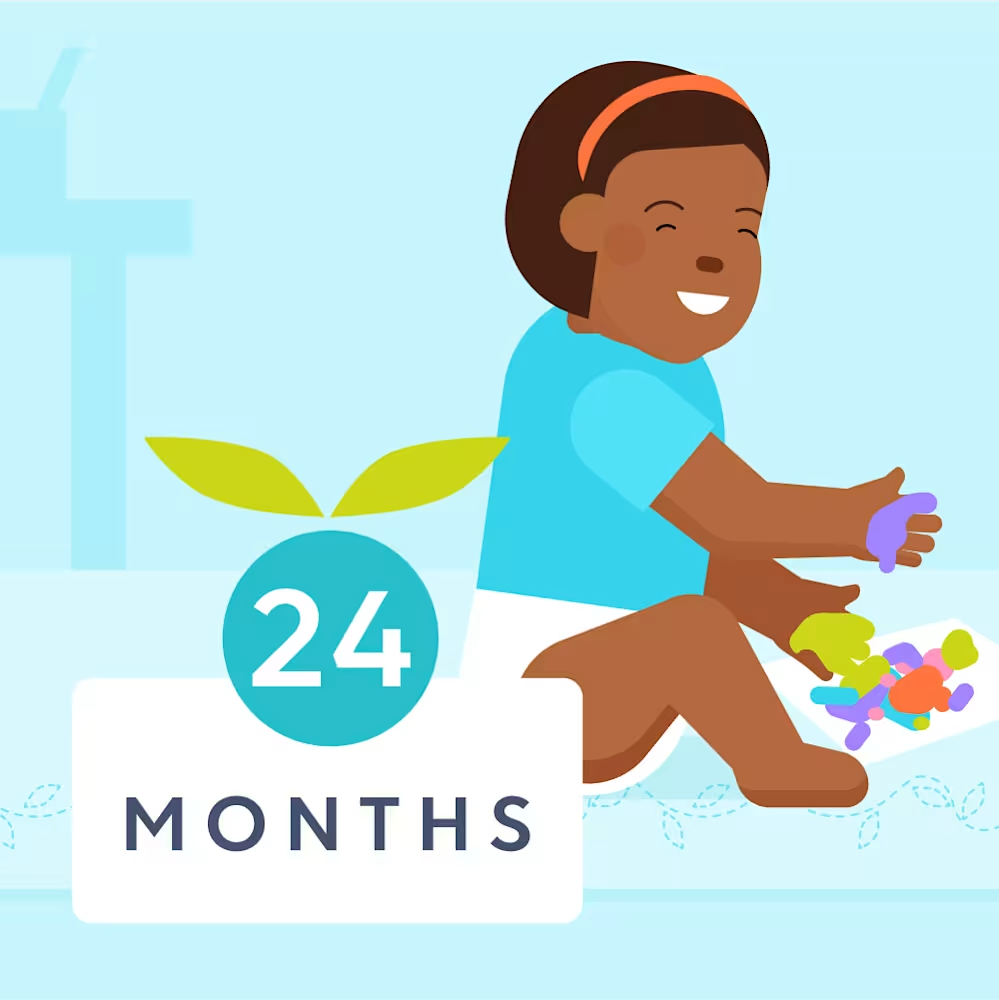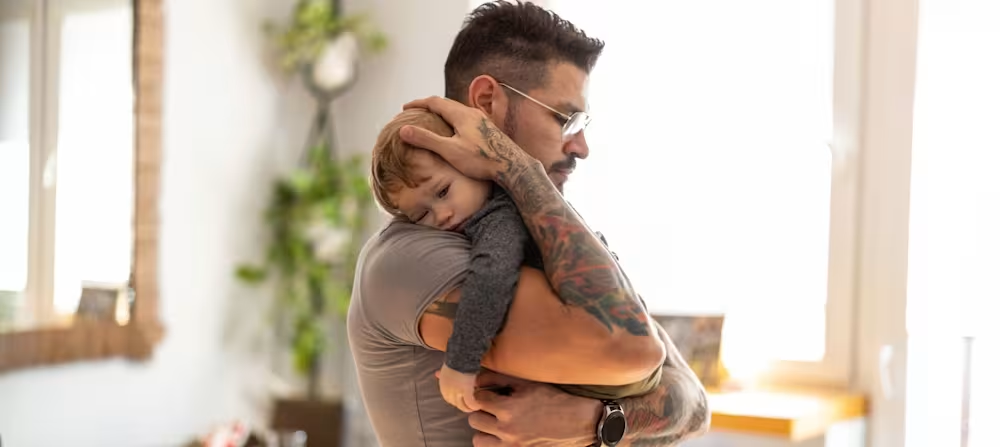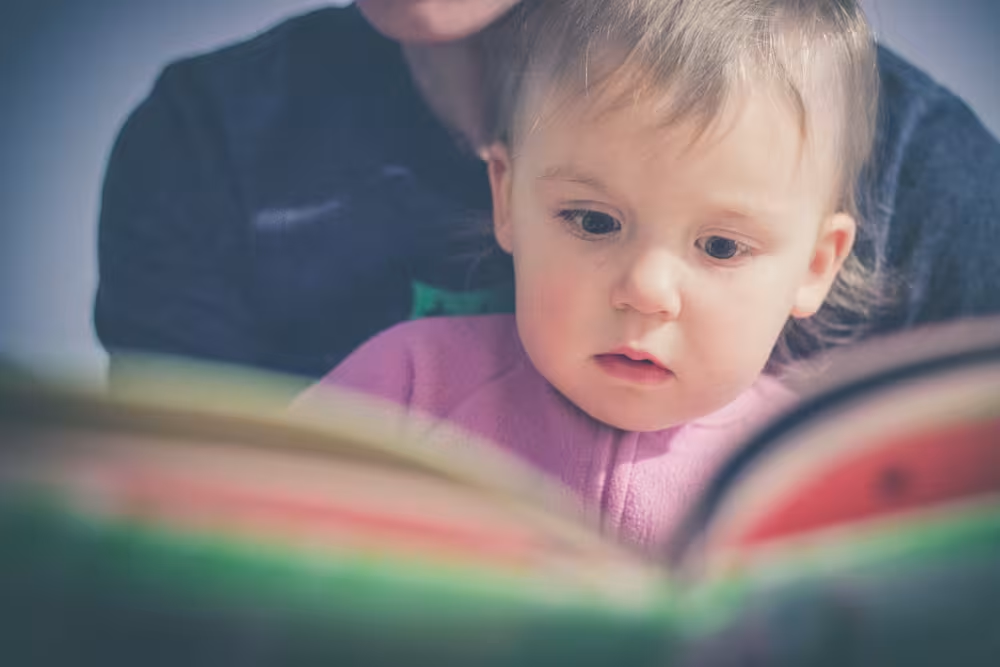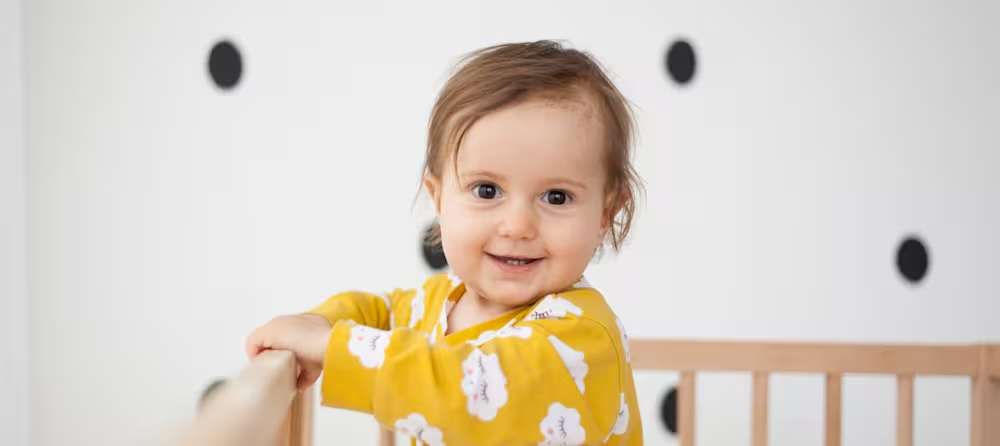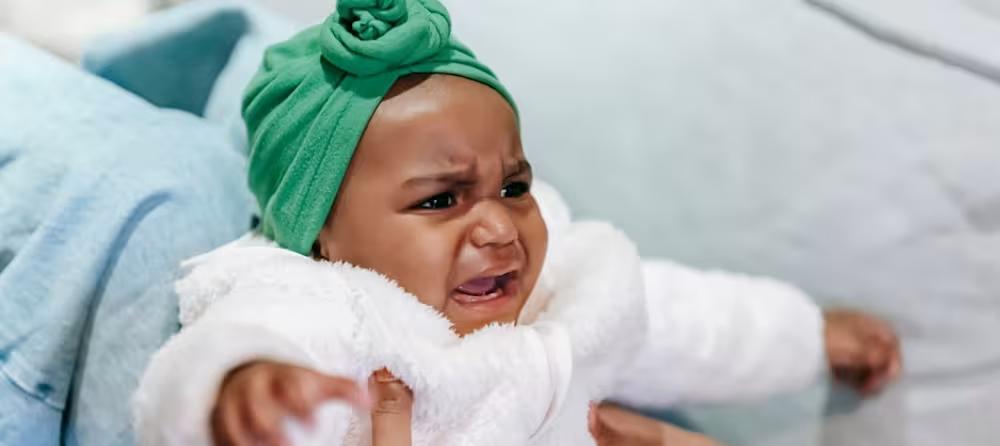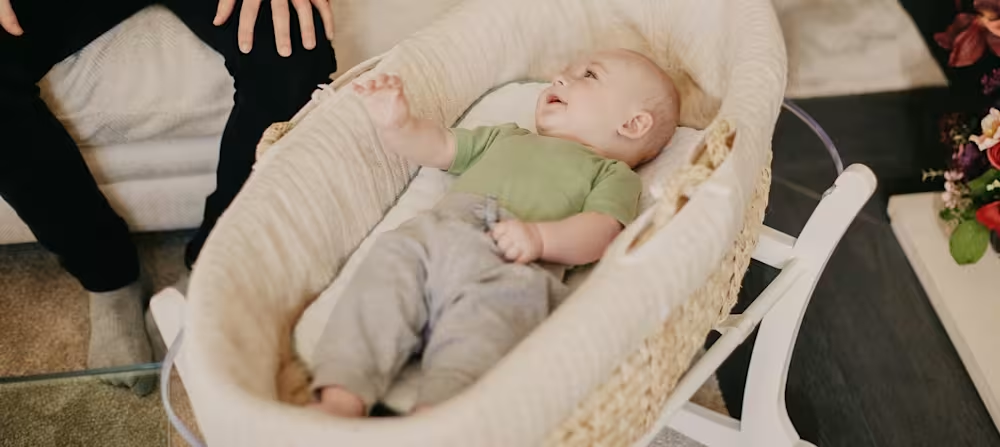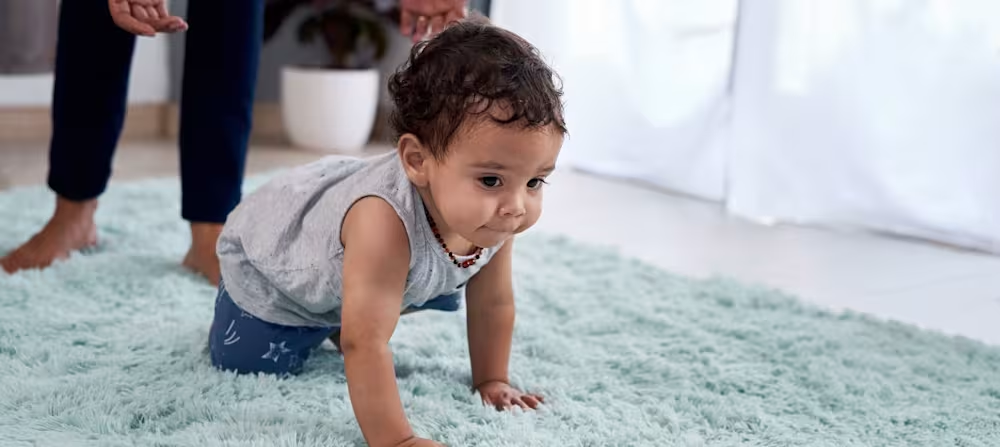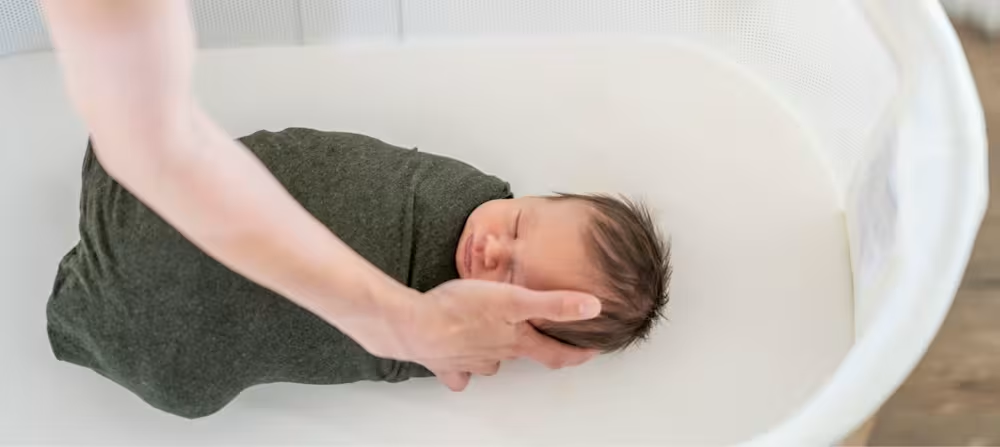When to transition from a crib to a toddler bed
Updated Oct 16, 2025

There are plenty of reasons your child may be ready to transition to a toddler bed: a new sibling on the way, having a compulsive climber, or just feeling like it’s “the right time.” But all moves to the toddler bed are not created equal! If you have questions about the when, why, and hows of this major milestone, we’ll have the answers here.
Table of Contents
Best age to switch to toddler bed
The American Academy of Pediatrics (AAP) recommends the transition out of a crib once they’re 35 inches tall, which typically happens between 18 - 24 months []. Most falls from the crib happen when children try to climb out, and that usually happens only after the rail is about chest level.
That said, there are many toddlers who never attempt an escape. For those kids who are content in their crib, and aren’t known climbers, we find that the transition goes much more smoothly when parents wait until 3 years of age to make the move.
Before that point, most toddlers don’t have the impulse control required to stay alone in an unenclosed sleep space. That means that if you’re making the move before 3 years of age, you can expect your toddler to frequently pop out of bed at bedtime and during the night.
6 signs your child is ready for a toddler bed
It might be time to make the move to a bed if your child has:
Climbed out (or attempted to climb out) of their crib
Grown 35 inches tall
Started to outgrow the crib, and a bed would be more comfortable
Shown they’re able to understand the meaning of external visual cues
Been responsive to the limits you set surrounding bedtime
Asked for a big kid bed
We'll explain these factors more below:
Climbed out (or attempted to climb out) of their crib
If your little one has started trying to climb out of their crib, it may be a sign that they are ready for a bed. Climbing out of the crib can be dangerous, so transitioning to a bed will provide a safer sleep environment and reduce the injury risk.
Grown 35 inches tall
They grow so fast! When your kiddo reaches a height of around 35 inches, they've likely outgrown their crib, and it may be time to consider transitioning to a bed. A crib is designed for smaller babies and toddlers, and your child may begin to feel cramped as they grow taller.
Started to outgrow the crib, and a bed would be more comfortable
Like the sign above, if your child has outgrown their crib, such as their legs hanging over the sides or feeling restricted, it might be a good idea to transition to a bed. A bed will provide them with more space and freedom to move around comfortably during sleep.
Shown they’re able to understand the meaning of external visual cues
If your child demonstrates an understanding of external visual cues, like a toddler clock that indicates when it's time to get up, it indicates a level of cognitive development and self-regulation. This can be a positive indication that they are ready for a bed!
Been responsive to the limits you set surrounding bedtime
If your toddler has been cooperative and responsive to the limits you've set around bedtime, such as staying in their crib until it's time to wake up or following a bedtime routine, it shows that they have developed some self-control and can handle the transition to a big kid bed with established boundaries.
Asked for a big kid bed
If your little one has expressed a desire or shown interest in moving to a big bed, it could be a clear sign that they are ready. Children often become curious about the next stage of development, and their willingness to make the transition can make the process smoother and more enjoyable for both of you.
Signs your toddler is not ready for crib to bed transition
It might not be time yet for your child to transition to a big kid bed if:
Your child is under 3 years of age
Your toddler is not about 35 inches tall
Your child is not showing signs of climbing
Toddler bed vs. “big kid” twin bed
Whether you opt for a toddler bed, or a “big kid” twin bed, really comes down to personal preference. For families who have a convertible crib, it can be an easy choice to simply convert the crib into a toddler bed. It’s cost-effective and may seem like a smaller transition for a child than a new bed.
For families that need to purchase new furniture, many will want to balance the cost along with the size of their child. If you’re transitioning from a crib, you can generally use the same crib mattress in a toddler bed. Smaller children may still have plenty of room to grow, and find it easier to get in and out of since it’s low to the ground.
On the other hand, a twin bed may be better for families with taller children who may soon outgrow the toddler bed. Some parents understandably want to avoid getting two different beds and sets of bedding within a short amount of time.
Safety
Whether you’re transitioning from a crib or moving away from bed-sharing, your childproofing will need an upgrade. Here are some of the things you’ll need to consider:
Gates and locked doors
To contain, or not to contain. You’ll need to figure out if you want to keep your child safely in their room by using a gate, locking the door, or holding the door ajar in a fixed position using a device like a Door Monkey. These strategies can help cut down on nighttime sleep struggles, but can also be a potential fire safety risk.
It’s pretty much a given that your child will wander out of their room at some point during the night if given the opportunity. Parents opting to let their child freely leave their room will need to think about safety concerns in the rest of the house too []. Be sure to gate off access to stairs to prevent falls.
For those who decide not to contain their child in their room, bells and door alarms can help alert caregivers when their child has left the safety of their room.
Toddler bed safety guidelines
The Consumer Product Safety Commission’s (CPSC) safety standards for toddler beds were revised in 2014 []. For parents who choose to transition their child to a toddler bed, it should be noted that the beds are designed for children not less than 15 months of age and weighing no more than 50 pounds.
Rails
While most toddler beds come with a guard rail, they also tend to be low to the ground, creating less of a safety issue for children who may roll out of bed.
For parents selecting a twin “big kid” bed, removable rails can be attached to the bed to help prevent a child from falling to the ground. Note that many removable bed rails are not recommended for use with children under 2 years of age. Be sure to follow the manufacturer’s recommendations.
Childproof the sleep space
Secure furniture to walls and use safety latches on drawers as necessary. Objects like dressers and bookcases have the potential to tip over and cause significant harm, especially if the drawers can be pulled open and used to climb on.
Be mindful of cords. You’ll want to keep them out of reach on blinds and drapes to avoid a strangulation hazard.
Strategies and tips to make this transition easier for your child
Let your child help pick out bedding
Include your child in the decision-making process. Choosing the sheets, blankets, pillows, or other bedtime accessories can help make your child more comfortable, and excited, about the new bed.
Avoid making the transition amid other big milestones
Since big milestones (e.g. moving, potty training, starting school) commonly (sometimes also can contribute to ), we recommend making the transition into a big kid bed during a less eventful period if possible.
Sometimes these things are outside our control, and many families feel pressured once a new sibling is on the way. In cases where the new baby will take over the crib, we recommend making the transition a few months ahead of the siblings' arrival. This will help prevent the older sibling from feeling displaced.
Encourage non-sleep play time in their new bed
Give your child the opportunity to spend some time in their new bed during the day. This will help them feel more secure when they return at night time. While we want them to look forward to being in their bed, we also don’t want them so stimulated by the novelty that they have a hard time .
Keep a consistent routine
Continue to use the same consistent pre-bedtime routine that you used before transitioning to the toddler or big kid bed. This provides security and predictability and helps cue that it is time to fall asleep - all of which help cut down on bedtime struggles.
Reset your expectations
Some children make a smooth transition to sleeping in a big kid bed, while others turn into little jack-in-the-boxes who continually pop out of bed. How easy or hard it will be to will largely depend on the age of your child and their temperament.
Keep in mind that impulse control is underdeveloped before 3 years of age, and when it comes to toddler sleep, younger children are more likely to get out of bed. (Again, and again and again.)
Use positive reinforcement to maintain healthy habits
Remember to praise the little wins, no matter how small. If your child manages to stay in bed and fall asleep without calling for you, let them know how proud you are the following morning. Some parents find it helpful to use sticker charts to reinforce desired behavior too.
Set limits
If your child is getting out of bed repeatedly, they likely aren’t doing it to be difficult. They often can’t help it! The best course of action is to calmly and quietly return them to their bed to try again. Although it can be frustrating, your consistency will be key in helping your child accept the new changes.
Takeaway
Don’t rush to make the transition. If your child is safe in their crib, and content to sleep there, we recommend waiting until 3 years of age to make the transition.
Using a sleep sack, moving the mattress to the lowest position, and removing toys (which can be used to provide leverage to climb over the railing) can all help delay climbing attempts.
If it’s not practical for you to wait until age 3, and you make the transition earlier, try not to be discouraged if your child has trouble following the new “rules” for sleep. This transition isn’t always easy. It will take time, consistency, and patience, but they’ll get there!
Toddler bed transition FAQ
Share article:
Note: The content on this site is for informational purposes only and should not replace medical advice from your doctor, pediatrician, or medical professional. If you have questions or concerns, you should contact a medical professional.
3 Sources
Table of Contents
Share article:

